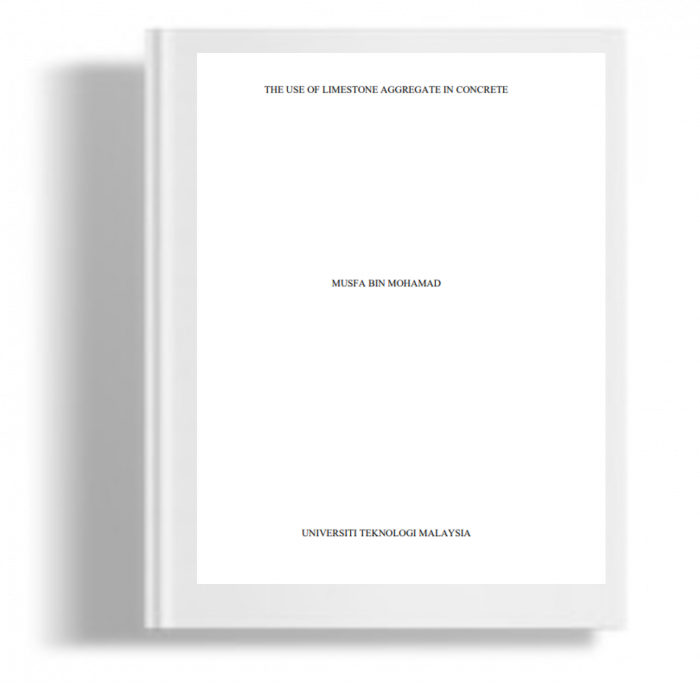Kami menggunakan cookies untuk membuat pengalaman Anda lebih baik. Untuk mematuhi petunjuk e-Pribadi yang baru, kami perlu meminta persetujuan Anda untuk menyetel cookies. Pelajari lebih lanjut .
The use of limestone aggregate in concrete
Concrete structure is made up of cement, aggregate and water. In building construction the aggregates commonly used are limestone and granite. Three quarters of concrete is made up from aggregate, thus the selection of aggregate should be in the prime condition. To produce a good, strength and high quality concrete the materials used should be in accordance to standard specification. JKR standard specification for building works mentioned that the use of limestone is limited to super structure only whereas for substructure granite aggregate should be used. Due to this problem statement this study is carried out to investigate whether chemical attack in limestone aggregate is the source of problem for sub structure (concrete structure below ground level).
- Baca | Unduh PDF
- The use of limestone aggregate in concrete
Concrete structure is made up of cement, aggregate and water. In building construction the aggregates commonly used are limestone and granite. Three quarters of concrete is made up from aggregate, thus the selection of aggregate should be in the prime condition. To produce a good, strength and high quality concrete the materials used should be in accordance to standard specification. JKR standard specification for building works mentioned that the use of limestone is limited to super structure only whereas for substructure granite aggregate should be used. Due to this problem statement this study is carried out to investigate whether chemical attack in limestone aggregate is the source of problem for sub structure (concrete structure below ground level). This study involved in testing of limestone and granite aggregates. The scope of study includes the investigation on the strength, bonding and chemical attack in the concrete. The main objective of the research is to study the properties of lime stone related to strength and its performances. The method of study to be carried out is through the appropriate test. The types of testing required are sieve analysis, flaky and elongation index test, cube test and aggregate crushing value test. All the tests have been carried out and the results had been recorded in appropriate table and graph. Discussion on the analysis of the results is explained to provide more information about the effect of chemical and the behavior of concrete properties. Lastly the conclusion had been done and one recommendation had been introduced for future work.

